Despite the increasing popularity of sprouted chia and flax seed powders, no data have been reported on their intrinsic physicochemical properties and background microflora.
 Here, we report the moisture content, water activity, pH, and fatty acid methyl ester and bacteriological profiles of 19 sprouted chia and flax seed samples, 10 of which were associated with an outbreak of salmonellosis in Canada and the United States. The physicochemical parameters of the Salmonella-positive samples did not differ significantly from those of the negative samples. However, the higher Enterobacteriaceae and coliform levels on the contaminated powders were associated with the presence of Salmonella. Enumeration of Salmonella by the most probable number (MPN) method revealed concentrations ranging from 1 MPN per 3 g of powder to 1 MPN per 556 g of powder.
Here, we report the moisture content, water activity, pH, and fatty acid methyl ester and bacteriological profiles of 19 sprouted chia and flax seed samples, 10 of which were associated with an outbreak of salmonellosis in Canada and the United States. The physicochemical parameters of the Salmonella-positive samples did not differ significantly from those of the negative samples. However, the higher Enterobacteriaceae and coliform levels on the contaminated powders were associated with the presence of Salmonella. Enumeration of Salmonella by the most probable number (MPN) method revealed concentrations ranging from 1 MPN per 3 g of powder to 1 MPN per 556 g of powder.
The results of this study demonstrate that low numbers of Salmonella may be linked to foodborne outbreaks.
Physicochemical and bacteriological characteristics of organic sprouted chia and flax seed powders implicated in a foodborne salmonellosis outbreak
Journal of Food Protection®, Number 5, May 2016, pp. 696-889, pp. 703-709(7)
Tamber, Sandeep; Swist, Eleonora; Oudit, Denise
http://www.ingentaconnect.com/contentone/iafp/jfp/2016/00000079/00000005/art00002

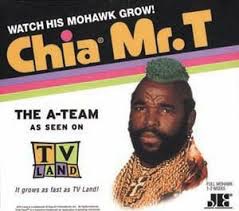

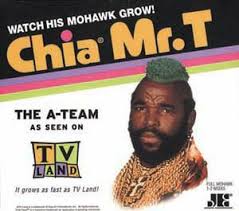


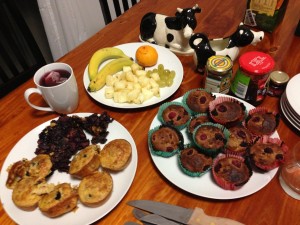

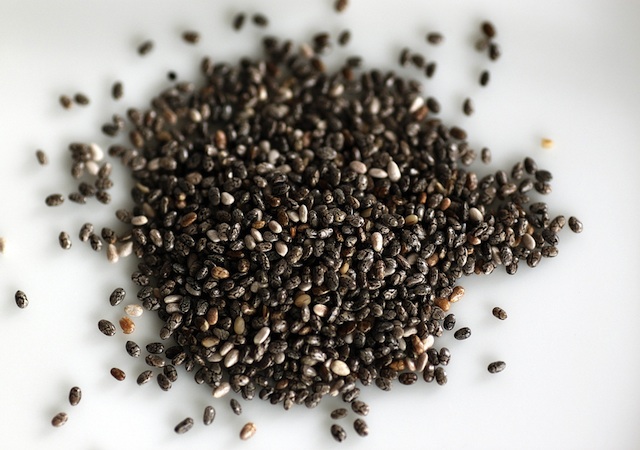 Friday I had to grab a quick lunch, so I joined a colleague at the “
Friday I had to grab a quick lunch, so I joined a colleague at the “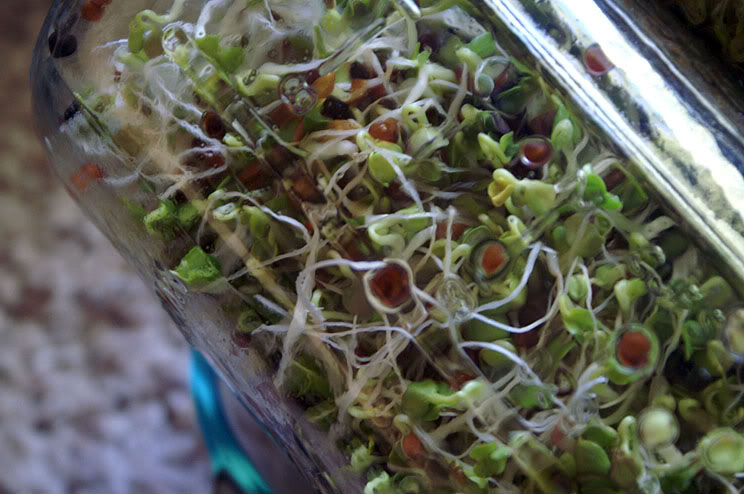 Friday I had to grab a quick lunch, so I joined a colleague at the “
Friday I had to grab a quick lunch, so I joined a colleague at the “.jpg) But we can’t find any safety data.
But we can’t find any safety data..jpg)
